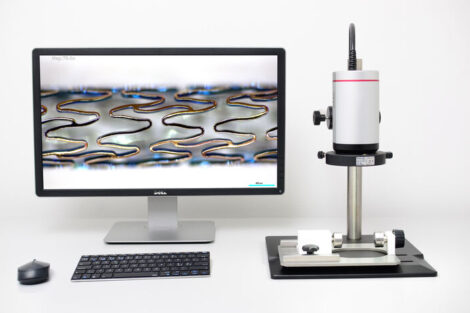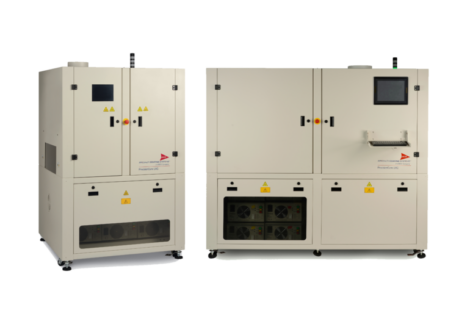Liquid-cooled heat sinks are used in applications where passive or fan-based cooling solutions are insufficient, but effective cooling is indispensable. However, there are major differences between liquid-cooled heat sinks. The optimal production process for the particular application depends on various factors, such as the desired material and coolant, the specified cooling capacity, and the required number of heat sinks. That is why CTX offers different processes for the production of liquid-cooled heat sinks.
There are also major differences among the elite class of heat sinks: effective cooling depends on factors such as the material, production process and coolant. Based on more than 25 years of expertise, CTX develops and manufactures the optimal solution for the particular application. To achieve this, the company has numerous production processes, coolants and materials to choose from. Depending on the application, water, glycol, oil, alcohol or – in rare cases – gases flow through tubes made of copper, aluminum or stainless steel within an aluminum or copper plate.
Different production processes
The classic liquid heat sink consists of an aluminum cooling plate with embedded tubes made of copper, which is easy to work with and is an excellent thermal conductor. Tubes can also be made of stainless steel or aluminum, although their heat dissipation capacity is not as good. The optimal production process for the particular application depends on various factors, such as the desired material and coolant, the specified cooling capacity, and the required number of heat sinks. CTX offers efficient and custom designed liquid-cooled heat sinks using application-specific production processes.
- Liquid-cooled heat sinks made of die-cast aluminum: This process is suitable for the cost-effective production of large quantities of cooling systems, such as those used in electric cars. The die-casting mold can be used to produce multiple heat sink plates with complex geometries in one process.
- High-temperature brazed liquid-cooled heat sinks: High-end applications or complex geometries require special solutions. For such applications, CTX uses so-called brazed heat sinks. The upper and lower plates are bonded by means of high-temperature brazing and the cooling channels are milled into the plates.
- Friction stir welded liquid-cooled heat sinks: Friction stir welding is suitable for the production of one-off liquid-cooled heat sinks and prototypes, as well as for series production. One advantage of this process is that the heat sinks do not require tubes, since the cooling channels are milled into the aluminum cooling plate.
- Cold extruded liquid-cooled heat sinks: Cold extrusion is the ideal process for IGBTs and other electronic semiconductor components, since it ensures loss-free heat transfer between fins, cooling tubes and plates. There is practically no limit to the possible designs for the pins and fins.
- Extruded liquid-cooled heat sinks: Extrusion is ideal for manufacturing large series of liquid-cooled heat sinks. The aluminum heat sinks are produced in a step-by-step extrusion process, in which the inner cooling channel remains stable.












